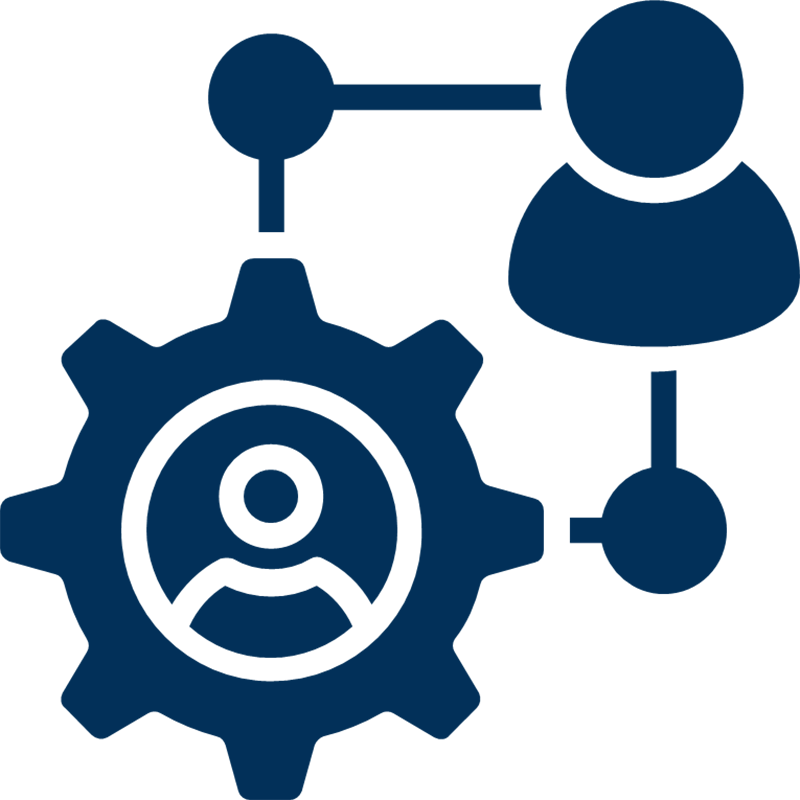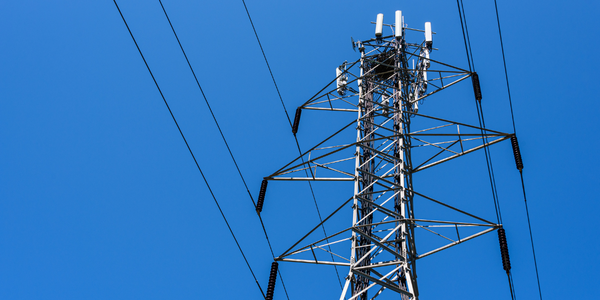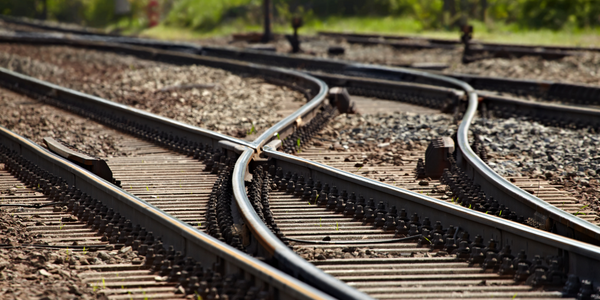
Process Control & Optimization
Process control and optimization (PCO) is the discipline of adjusting a process to maintain or optimize a specified set of parameters without violating process constraints. The PCO market is being driven by rising demand for energy-efficient production processes, safety and security concerns, and the development of IoT systems that can reliably predict process deviations. Fundamentally, there are three parameters that can be adjusted to affect optimal performance. - Equipment optimization: The first step is to verify that the existing equipment is being used to its fullest advantage by examining operating data to identify equipment bottlenecks. - Operating procedures: Operating procedures may vary widely from person-to-person or from shift-to-shift. Automation of the plant can help significantly. But automation will be of no help if the operators take control and run the plant in manual. - Control optimization: In a typical processing plant, such as a chemical plant or oil refinery, there are hundreds or even thousands of control loops. Each control loop is responsible for controlling one part of the process, such as maintaining a temperature, level, or flow. If the control loop is not properly designed and tuned, the process runs below its optimum. The process will be more expensive to operate, and equipment will wear out prematurely. For each control loop to run optimally, identification of sensor, valve, and tuning problems is important. It has been well documented that over 35% of control loops typically have problems. The process of continuously monitoring and optimizing the entire plant is sometimes called performance supervision.
- Transportation
- Equipment & Machinery
- Chemicals
- Discrete Manufacturing
- Quality Assurance
The advanced process control market is estimated to reach USD 1.4 billion by 2020; growing at a CAGR of 11.79% from 2014 to 2020.
Source: Markets and Markets
Cost Reduction: Process control and optimization help businesses reduce operational costs by minimizing energy consumption, raw material usage, and waste generation. By optimizing process parameters and resource utilization, businesses can achieve significant cost savings.
Improved Quality: By implementing advanced control algorithms and real-time monitoring systems, businesses can ensure consistent product quality and reduce defects. This enhances customer satisfaction, reduces rework, and improves overall competitiveness in the market.
Cost Reduction: Process control and optimization help businesses reduce operational costs by minimizing energy consumption, raw material usage, and waste generation. By optimizing process parameters and resource utilization, businesses can achieve significant cost savings.
Improved Quality: By implementing advanced control algorithms and real-time monitoring systems, businesses can ensure consistent product quality and reduce defects. This enhances customer satisfaction, reduces rework, and improves overall competitiveness in the market.
Automation Technologies: Automation technologies, including advanced control algorithms, model predictive control (MPC), and adaptive control techniques, are used to optimize process performance and maintain desired operating conditions in real-time.
IoT and Edge Computing: IoT devices and edge computing platforms are deployed to collect and process data at the source, enabling real-time decision-making and control. Edge analytics algorithms analyze data locally, reducing latency and improving responsiveness in industrial processes.
Process Data: Process data, including temperature, pressure, flow rates, and other variables, are continuously monitored and analyzed to assess process performance and identify areas for improvement. Real-time data analytics enable businesses to detect deviations from desired operating conditions and take corrective actions promptly.
Historical Data: Historical data on process parameters, equipment maintenance, and production outcomes are analyzed to identify patterns, trends, and opportunities for optimization. Machine learning algorithms and predictive analytics techniques are used to forecast future process behavior and optimize control strategies accordingly.
Sensor Integration: Sensors are deployed to collect real-time data on process variables, equipment performance, and environmental conditions. These sensors are connected to control systems and data analytics platforms, enabling continuous monitoring and control of industrial processes.
Control System Implementation: Control systems, such as distributed control systems (DCS), programmable logic controllers (PLC), and supervisory control and data acquisition (SCADA) systems, are implemented to regulate process parameters, execute control algorithms, and ensure safe and efficient operation of industrial processes.
Case Studies.







